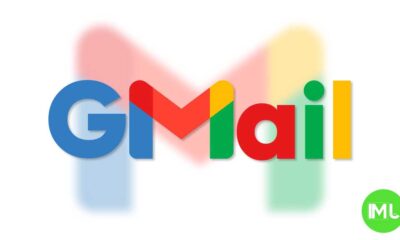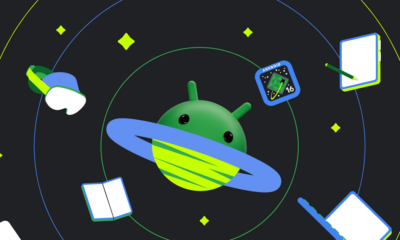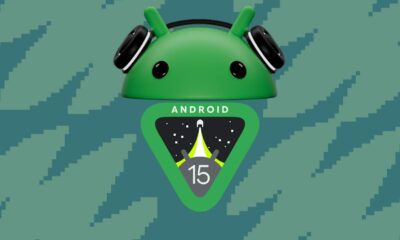Latest Updates: YouTube’s new miniplayer, Drive’s Material You video player and Pixel Buds Web management
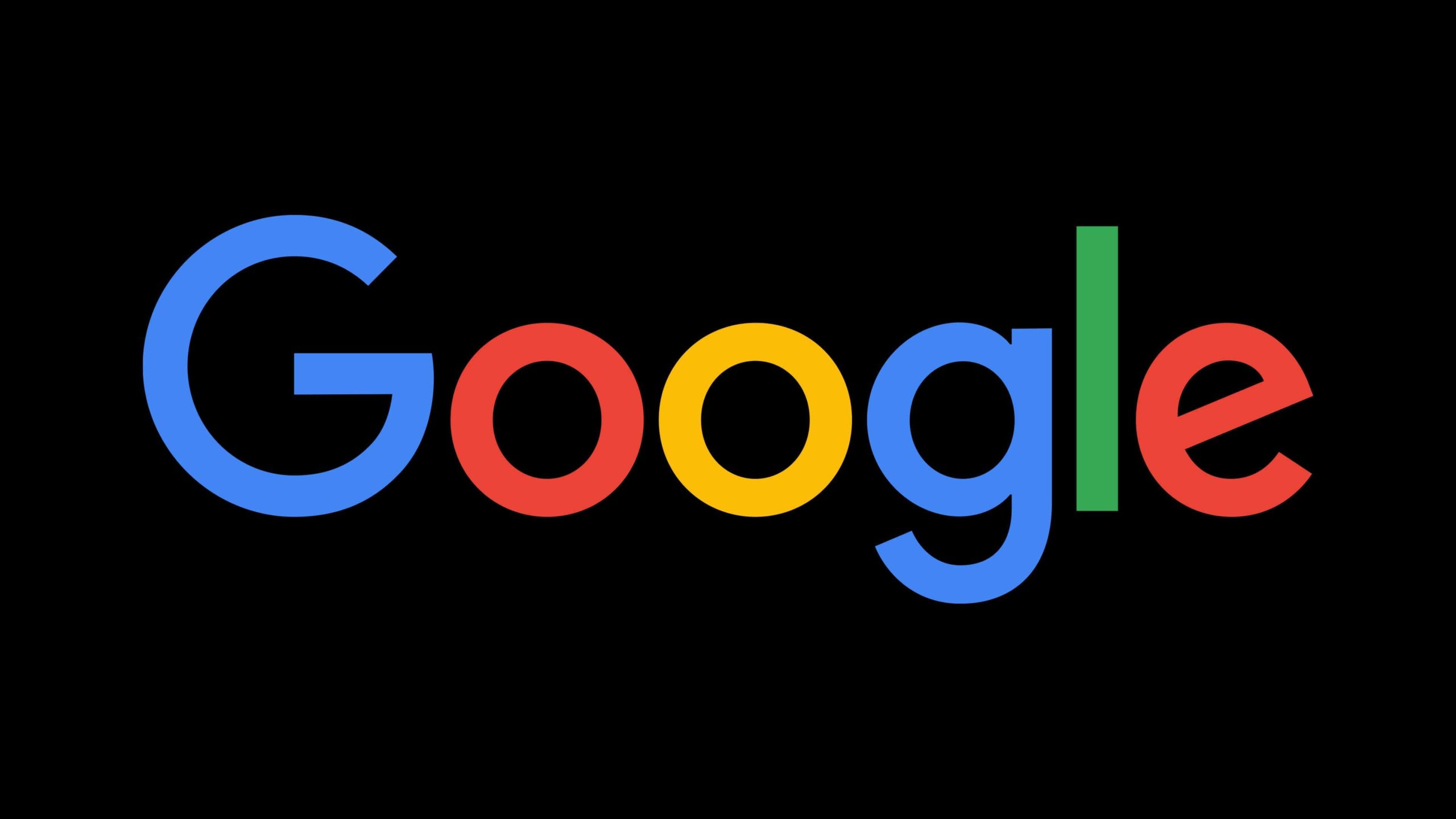
YouTube has recently made several updates for Android users, introducing a new mini player and a redesigned settings menu that significantly improves the mobile experience. Additionally, Google has launched a smoother video player for Google Drive, designed with the Material You aesthetic, and expanded Pixel Buds’ usability with a new web-based control app. Here’s a breakdown of these updates and how they impact users.
YouTube’s Miniplayer Redesign
YouTube’s latest update for Android, starting with version 19.41.39, has rolled out a redesigned mini player. The new look feels more modern and intuitive, resembling Android’s picture-in-picture (PiP) feature. Instead of the old mini player docked at the bottom of the screen, the new version allows for more flexibility and control.
In the updated mini player, users will find basic controls like play/pause, along with 10-second rewind and skip buttons. These are located within a light or dark theme bar at the bottom. One of the key improvements is the ability to move the mini player to any of the four corners of your screen, making it easier to multitask. You can also pinch the video window to expand it, taking up the full width of your screen when needed. To close the window, simply tap the top-right corner.
The transition between this mini player and Android’s system PiP when you exit the YouTube app is now smoother, ensuring a seamless viewing experience.
New Settings Menu
In addition to the miniplayer, YouTube has revamped its settings menu on mobile. The new layout features distinct section headers like Account, Video and Audio Preferences, Help and Policy, and Developer Preferences (though this section remains mostly empty). The icons for these sections are now outlined in a thinner style, giving the settings page a cleaner look and making navigation more intuitive for users.
The Sleep Timer feature, which was announced earlier, is also rolling out to more users. However, the fine-tuning of playback speeds hasn’t yet made its way to all devices.
Google Drive’s Material You Video Player
Google Drive is also undergoing some changes. Previously, Drive’s video player was nearly identical to YouTube’s. Now, a new player that aligns with the Material You design language is being rolled out, offering a more polished and modern look.
The new video player introduces a Material 3 slider with a vertical line acting as the playhead, instead of the usual circular design. This playhead is separated from the progress bar, which is white rather than red. Other controls include a large play/pause button on the left and fast-forward/rewind buttons, which allow for 10-second skips in either direction. You can also see the elapsed and total time next to these controls.
On the right side of the player, options for adjusting the volume, closed captions, playback speed, and fullscreen viewing are neatly grouped together in a rounded rectangle container. Google’s goal with this redesign is to offer cleaner lines, more intuitive controls, and a less cluttered viewing experience.
This updated video player will roll out over the coming weeks to all Google Workspace customers, Workspace Individual Subscribers, and personal Google account users.
Pixel Buds Web App
In an effort to make Pixel Buds more versatile, Google has introduced a new web-based companion app that allows users to manage their wireless headphones from any device, including Chromebooks, Macs, and Windows PCs. This new feature frees users from relying solely on a smartphone to access settings and adjust their Pixel Buds.
Using this web app, users can now control important features like active noise cancellation, sound profiles, and even in-ear detection. One of the most useful new features is the ability to install software updates directly from the web app, meaning your smartphone doesn’t need to be nearby to perform these tasks.
The web app, accessible at mypixelbuds.google.com, is part of Google’s larger initiative to make Pixel Buds compatible across more devices. This comes just days after Google released the Gemini assistant to all Pixel Buds, adding another layer of functionality to the headphones.
Conclusion
These updates across YouTube, Google Drive, and Pixel Buds demonstrate Google’s continued commitment to refining user experiences. YouTube’s improved miniplayer and settings redesign provide a smoother, more user-friendly interface. Google Drive’s Material You video player brings a fresh, modern look, while the Pixel Buds web app enhances the flexibility of managing wireless headphones on various platforms. Together, these changes offer significant quality-of-life improvements for Android and Google users alike.
Android
Android’s Find My Device speeds up with UWB coming soon
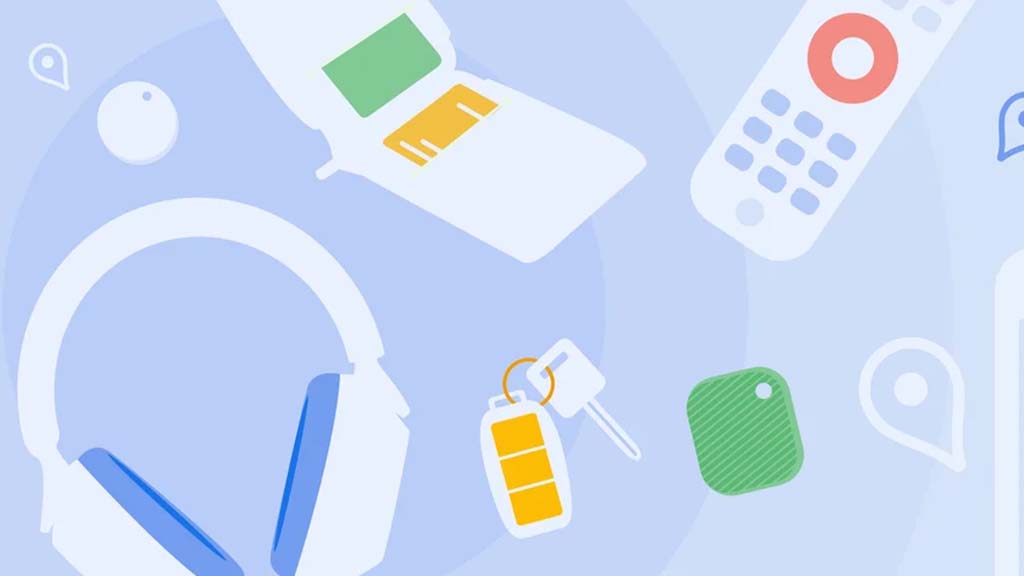
Google’s Find My Device network for Android has gotten a big boost, making it much quicker to locate misplaced items. Recent checks show it’s now four times faster than it used to be, keeping up with Apple’s AirTags in crowded spots like malls or events. For instance, at CES 2025, a tracker tucked in a bag updated its location just as fast as an AirTag nearby. This speed-up is thanks to more Android users turning on tracking for all locations, not only busy areas, which helps the system spot items more reliably.
In less crowded places, the network can still have trouble since fewer Android phones are nearby to share location signals. But Google’s working on this by nudging users through app alerts to enable tracking in quieter spots. Plus, recent updates to tracker software and apps have made connections more stable and accurate.
Looking ahead, Google’s gearing up to roll out ultra-wideband (UWB) technology. This will let you find items with pinpoint accuracy, even within a room, using cool augmented reality (AR) visuals, much like Apple’s setup. The Moto Tag, a tracker ready for UWB, is already available, just waiting for Google to activate this feature. Not all Android phones support UWB yet, but future models like the Pixel 10 might include it. These changes prove Google’s determined to make its Find My Device network a top choice for tracking lost stuff.
Gmail and Google Photos get new design and useful updates
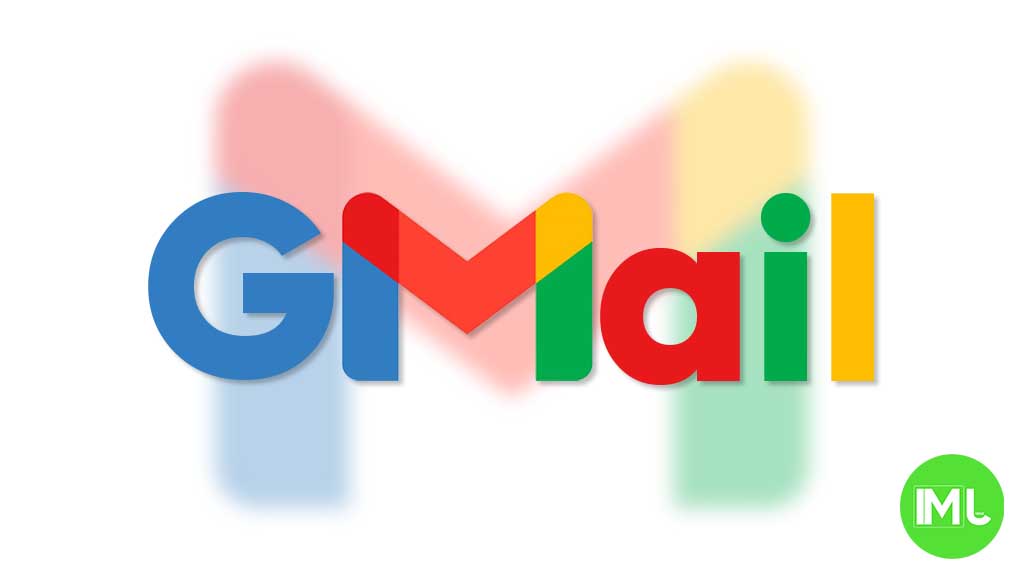
Google is giving Gmail and Google Photos some fresh updates to make things easier and more user-friendly.
First, Gmail on the web is now getting a new layout option. You can choose between “Cozy,” “Comfortable,” or “Compact” views based on how much space you want between your emails. Google is also adding a setting to control whether your inbox and labels stay on screen or only show up when needed. These changes make it easier to personalize how Gmail looks and feels.
Meanwhile, Gmail for iPhone is getting a visual upgrade. The app now uses Google’s updated design style called “Material 3.” You’ll notice a cleaner look with a rounded search bar at the top, smoother icons, and better spacing. Although the bottom bar and buttons look mostly the same, the overall design feels more modern and easier on the eyes.
Lastly, Google Photos is bringing back a helpful feature. The classic search shortcut that appears in the bottom bar is returning, making it quicker to find your photos. Before this, the shortcut had been removed when Google added the new “Memories” tab. Now, both features work together, letting you browse memories and search with ease.
These updates aim to make Google’s apps feel more useful, clean, and easier to use on both desktop and mobile.
Android
Android 16 boosts USB data safety and fixes delayed notifications on Pixel phones
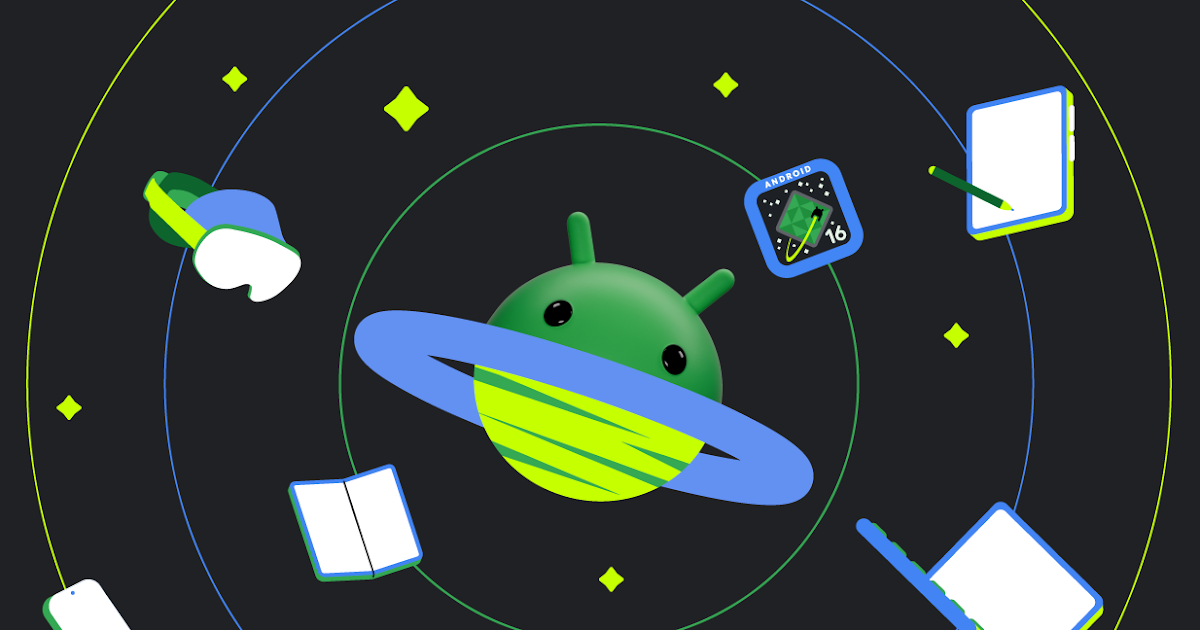
Google’s upcoming Android 16 update is bringing better security and some helpful improvements, especially for Pixel phone users. One of the main features in Android 16 is a new way to protect your phone’s data when it’s connected to a computer through USB. Right now, when you plug your phone into a PC or laptop, it can access all your data as long as you approve it.
With Android 16, Google is adding an extra security layer that only allows limited access unless you enter your PIN, password, or use your fingerprint. This will help protect your files if someone tries to access your phone without permission.
At the same time, Google is also working on a fix for a frustrating issue that some Pixel users have been facing for months — delayed notifications. After the April 2024 update, many users noticed that app alerts were not showing up on time, especially from messaging apps. Google has confirmed the problem and says a fix will be included in a future update, though it’s not in the current April patch yet.
Together, these changes show that Google is focusing on both stronger privacy and a smoother experience for Android and Pixel users. Android 16 is expected to roll out later this year, starting with developer previews.
-

 Apps1 year ago
Apps1 year agoGboard Proofread feature will support selected text
-

 News1 year ago
News1 year agoSamsung USA crafting One UI 6.1.1
-

 News1 year ago
News1 year agoBreaking: Samsung Galaxy S22 may get Galaxy AI features
-

 News1 year ago
News1 year agoSamsung Galaxy S23 Ultra with One UI 6.1 and all S24 AI features revealed
-

 News1 year ago
News1 year agoOne UI 6.1 Auracast (Bluetooth LE Audio) feature coming to many Samsung phones
-

 News1 year ago
News1 year agoSatellite SOS feature coming to Google Pixel phones, evidence leaked
-

 Apps11 months ago
Apps11 months agoGoogle’s fancy new Weather app is finally available for more Android phones
-

 News1 year ago
News1 year agoGoogle Pixel evolves as Europe’s third best selling flagship



